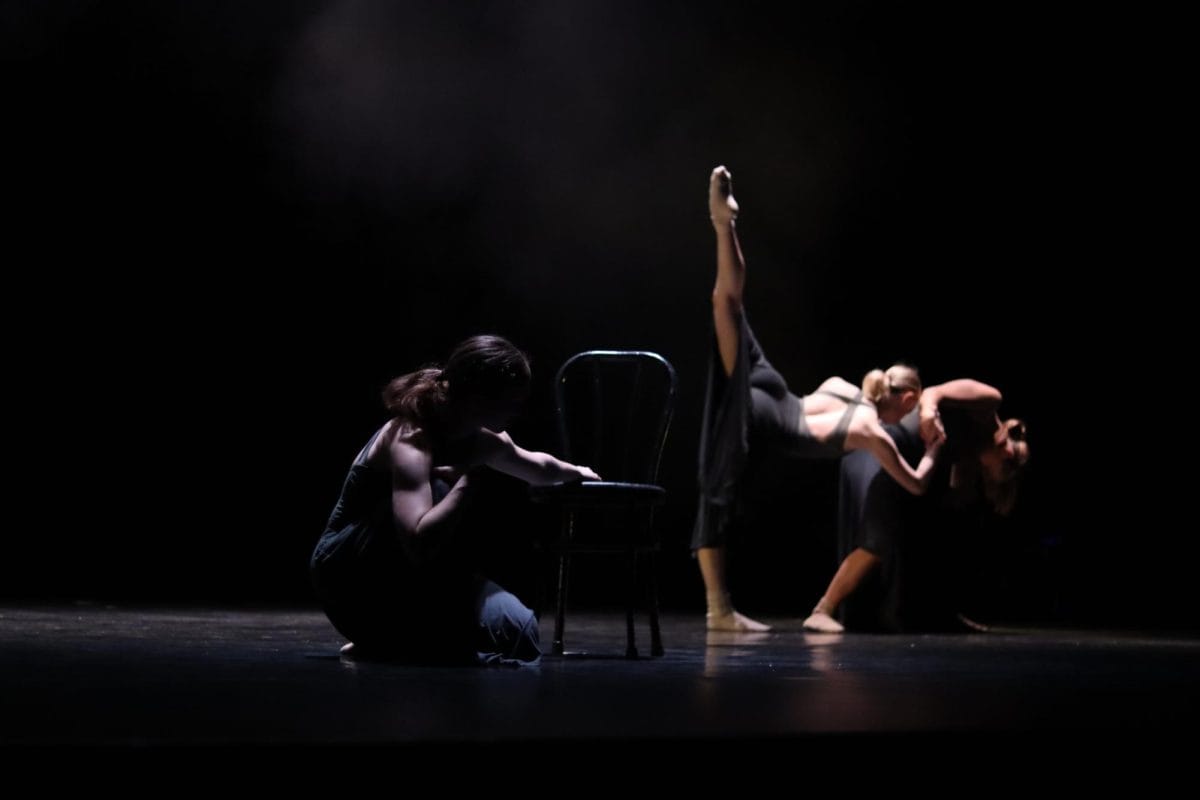Social media has quickly cemented itself in the day-to-day, hour-to-hour, and often minute-to-minute lives of college students. However, on The University of Alabama campus, it’s used for more than mindless tweeting and Facebook creeping.
“Social media has really expanded our ability to go into forms of education that are just not possible when you see your students twice a week,” Jason DeCaro, associate professor of anthropology, said.
DeCaro and many professors around the University’s campus have integrated social media into their classrooms and haveseen the web-based media creep into their fields of study.
As the director of instructional technology, DeCaro said his department has embraced social media as a tool to expand the way they communicate with not only their majors and minors, but also to their broader community, including alumni across the world.
In the classroom, a variety of blogs and social media groups have facilitated broad study and greater connectivity he said. In DeCaro’s neuro-anthropology class, his students are required post to or comment on a open Facebook group devoted to the interest.
“It wasn’t that I needed them to get social media experience,” DeCaro said. “It was really that there’s no better place for them to interact with not only other students, but leaders in the community.”
He noted the importance of remaining flexible to the trends within social media and the limitations of some students when implementing the tool, but suggested social media is more than a simple means to an end in the department.
“For years now, anthropologists have looked at social media as a new social and cultural state,” DeCaro said. “They are recognizing that there is a need to see how this is changing the way we communicate.”
Joseph Phelps, chair of the department of advertising and public relations, said the direction of their program of study is a reflection of what’s happening in the field and, as such, social media permeates all of their public relation classes.
Phelps said when someone graduates from a program like theirs, they are expected because of their education and their youth to be skilled social media practitioners. This knowledge of social media’s strategic uses often results in two-way mentorship relationships with more established professionals, he said.
“It’s important to us that we help students understand however people are communicating,” Phelps said. “That’s what we do [in PR].”
Randall Huffaker, an advertising and public relations professor, taught a new special topics class directed toward public relations students for the first time in the College of Communication and Information Sciences during the fall 2012 semester.
“Nowadays, social media is pretty much all PR,” Huffaker said. “It’s now become bread and butter; everybody expects social media.”
He said his class focuses more on the practice, rather than the theory, of effective social media usage, acknowledging the ever-changing landscape.
“Just teaching it for the first semester I can say, the second semester is going to be completely different,” Huffaker said.
He spoke specifically to the growth of social media as a visual and mobile medium in the past year, and stressed the importance of consistency across media and understanding of the conversational and earnest tone effective social media management uses. Huffaker said it’s in the effective application of tone and flexibility that earns “meaningful” likes and follows from their client’s target audience.
Naomi Thompson, a senior majoring in psychology, said, like most students, she keeps in touch with her avenues of social media a few times an hour throughout the day. After years of experience between Facebook and Twitter usage throughout high school and college, she began working on the marketing team for the University’s leadership and innovation oriented Creative Campus.
In control of the Creative Campus Facebook and Twitter accounts, alongside her fellow marketers, she’s assigned to publicize a variety of their events, as well as any related happenings, photos or links. Thompson said nearly 75 percent of their advertising efforts run through social media.
“It was something I wanted to try,” Thompson said. “We’re all so attached to social media now, and it always seemed like a good way to spread the word.”
Though she has not taken any marketing or public relations classes at the University, she said she has developed a feel for the pulse of social media usage and learned on the job what does and does not work. Currently she said she and the rest of the team sought to step away from the overabundance of Facebook “events” and personalize their online marketing.
Thompson said she hopes to use her psychology degree in the educational field and said social media should play a role on campus and in the field. From her experience with Creative Campus, she believed the department should pursue a more active online presence to promote opportunities for research and mentorship that she felt were under-represented to the large population of psychology students.
Looking toward her future as an educator, Thompson said social media has worked its way into the psyche of young students. She suggested bringing the realm of social media into the class room, noting a friend who used a Twitter-esque bulletin board to communicate information to her classroom. Additionally, her experience has suggested social media is a landscape worthy of psychological study.
“I think using social media tells you a lot about how people work,” Thompson said. “I think [knowing that] may help me with my job.”






